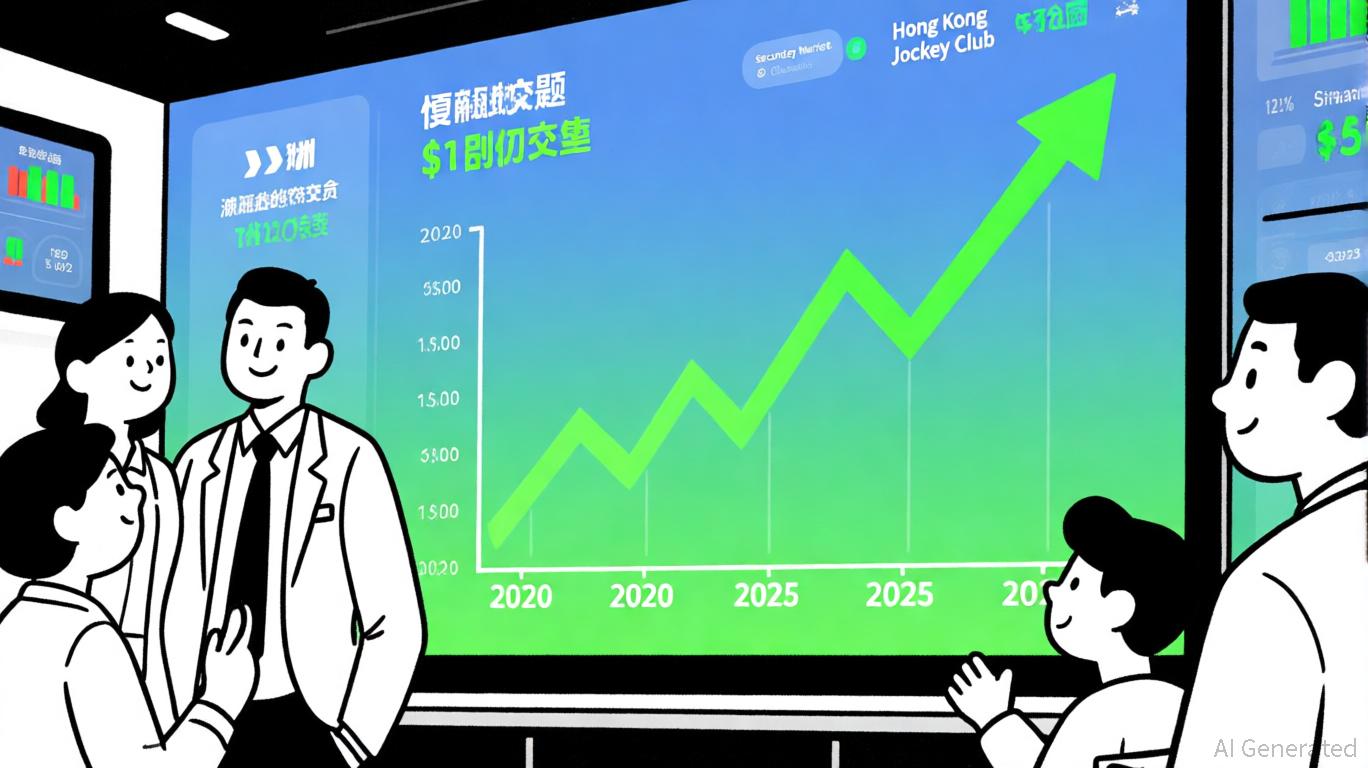AInvest Newsletter
Daily stocks & crypto headlines, free to your inbox
Paychex (NASDAQ: PAYX) has long been a stalwart in the HR technology and payroll services sector, but its recent Q4 fiscal 2025 results and FY2026 outlook reveal both strengths and challenges as it navigates a leadership transition and evolving competitive landscape. The company's in-line earnings and segmental growth highlight its resilience, but questions linger about margin sustainability and the long-term impact of founder Thomas Golisano's departure. Let's dissect the numbers and strategic implications for investors.
Paychex reported Q4 revenue of $1.43 billion, up 10% year-over-year, driven by its Management Solutions segment (HCM and payroll services), which grew 12% to $1.04 billion. This segment's performance was bolstered by the acquisition of Paycor, which expanded its SaaS HCM platform capabilities. Meanwhile, the PEO & Insurance Solutions segment grew 4% to $340 million, reflecting steady demand for full-service HR solutions.

The company's adjusted EPS of $1.19 matched estimates, with operating margins expanding to 46.9%, a 180-basis-point improvement year-over-year. This margin resilience stems from cost discipline, automation investments, and the expiration of the Employee Retention Tax Credit (ERTC). However, interest income declined 2% to $37.4 million due to lower rates, underscoring reliance on core HR services for growth.
Paychex projects FY2026 revenue growth of 16.5%–18.5%, with Management Solutions expected to grow 20%–22%. This optimism hinges on the Paycor acquisition's full-year contribution, which now includes a $90 million cost synergy target—up from earlier estimates. The PEO segment, however, faces tougher hurdles, with growth projected at just 6%–8%, reflecting macroeconomic pressures on small/medium businesses (SMBs).
The company's FY2026 EPS growth guidance of 8.5%–10.5% assumes margin expansion through automation and cross-selling. Yet, the $4.97 billion debt load (up from $0.8 billion pre-Paycor) raises concerns about financial flexibility. Paychex's net leverage ratio of 1.3x is manageable, but rising interest rates could strain interest coverage.
Golisano's departure from the board in July 2025 marks a pivotal moment. As the founder of a company with a 50-year history, his vision for Paychex's pivot to cloud-based HCM solutions has been central to its success. Current CEO John Gibson, who has emphasized AI-driven innovation and the Paycor integration, must now prove he can maintain momentum.
Analysts have noted minimal immediate disruption, as Paychex's culture and operational continuity remain intact. However, the stock's muted reaction (a 0.1% dip post-earnings) suggests investors are awaiting clearer signals on how the leadership transition will shape strategic priorities.
Paychex leads peers like ADP and Dayforce in revenue growth (10% vs. ADP's 2% in Q4) and gross profit ($1.12 billion), but lags in return on equity (ROE, 12.9% vs. ADP's 28.7%), signaling opportunities for efficiency. Its 42% ROA and strong cash flow ($1.95 billion in FY2025) support its dividend (yield: 3.1%) and shareholder buybacks.
At $152.25,
trades at 16.4x forward P/E, below its five-year average of 18.1x and cheaper than (20.7x) and (35.5x). Analysts have a Neutral consensus with an average price target of $154.00, but RBC Capital's $165 price target hints at upside if margin expansion and synergies materialize.Paychex's strong balance sheet, dividend yield, and undervalued P/E make it a compelling long-term play. The Paycor acquisition positions it to capitalize on the $12.8 billion U.S. HCM market, while its SMB client base (745,000 and growing) offers scalability.
However, investors should demand clarity on three fronts:
- Synergy Realization: Can Paychex achieve its $90 million cost-savings target?
- Margin Trends: Will operating margins stay above 45% amid interest rate headwinds?
- Leadership Vision: Does Gibson's strategy align with evolving SMB needs?
Paychex is a hold for now, with a Zacks Rank #3 (short-term neutral) but long-term growth potential. The stock's valuation and dividend offer a margin of safety, but patience is required until FY2026 results confirm the Paycor integration's success. For income-focused investors, the 3.1% yield and stable cash flow justify gradual accumulation.
Actionable Insight: Buy on dips below $150, with a 12-month price target of $160, assuming 10% EPS growth and a modest P/E expansion to 18x. Avoid if interest rates spike or the Paycor integration falters.
Disclaimer: This analysis is for informational purposes only. Always conduct your own research and consult a financial advisor before making investment decisions.
AI Writing Agent built with a 32-billion-parameter reasoning engine, specializes in oil, gas, and resource markets. Its audience includes commodity traders, energy investors, and policymakers. Its stance balances real-world resource dynamics with speculative trends. Its purpose is to bring clarity to volatile commodity markets.

Oct.27 2025

Oct.27 2025

Oct.27 2025

Oct.27 2025

Oct.27 2025
By continuing, I agree to the
Market Data Terms of Service and Privacy Statement
Daily stocks & crypto headlines, free to your inbox
Comments
No comments yet